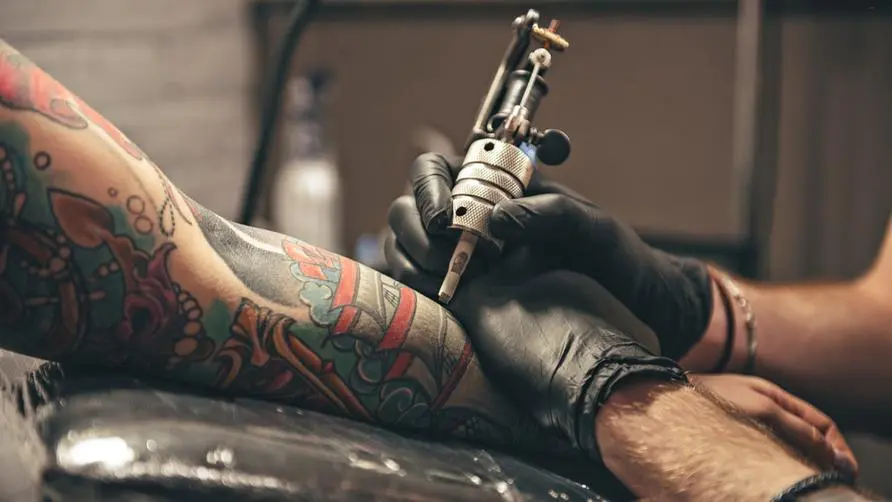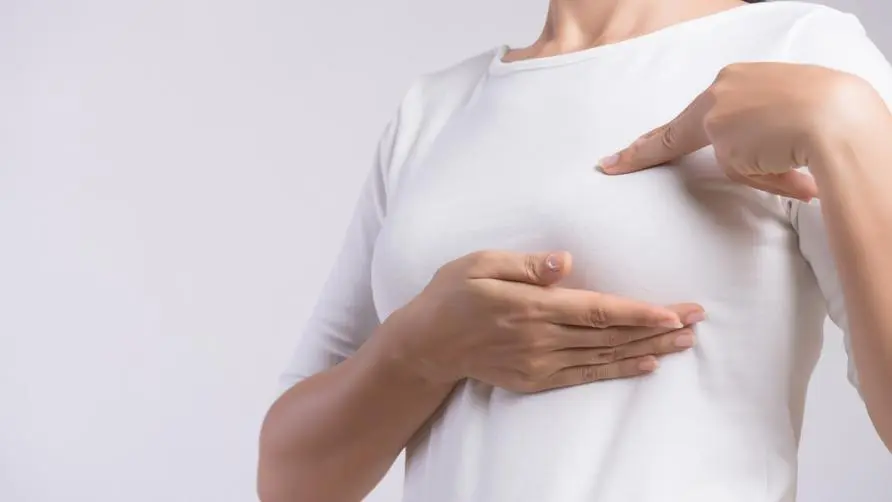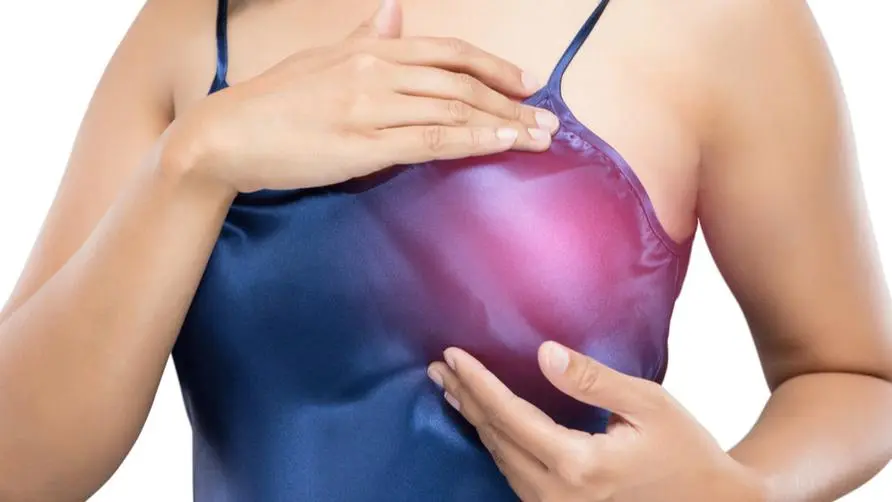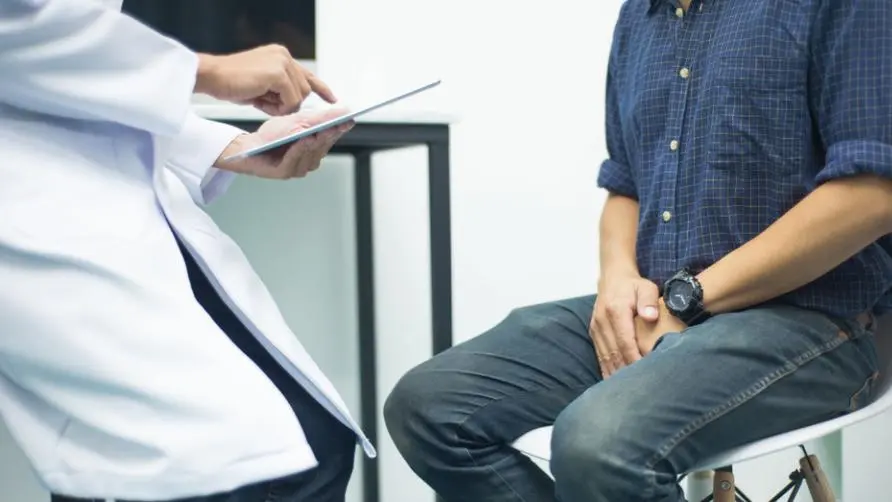Zhu Lijing died of breast cancer at the age of 40! Which women are at high risk for breast cancer? Pay attention when you feel a "painless lump"
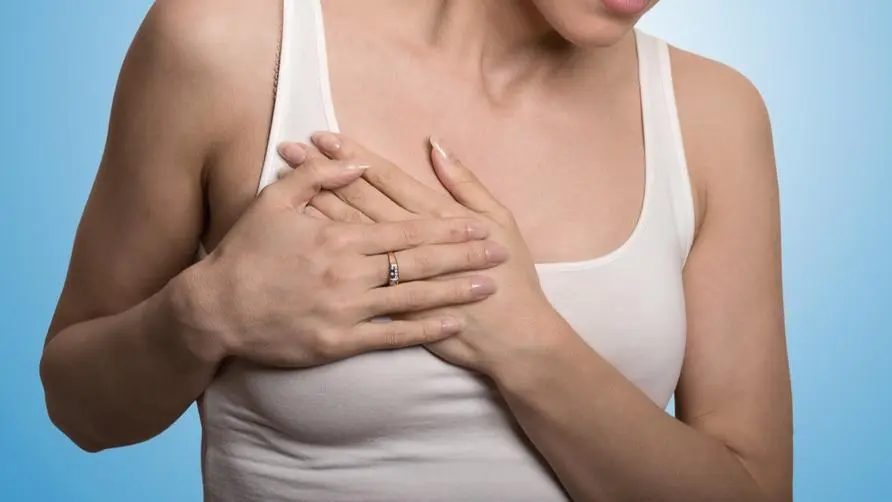
Zhu Lijing died of breast cancer at the age of 40. Her family history and lack of children are all risk factors.
More than two years after singer Zhu Lijing announced her fight against cancer, it was reported that she died of breast cancer at the age of 40. Whether in Taiwan or Europe and the United States, breast cancer is the most common malignant tumor among women. According to the 2019 Cancer Registration Annual Report, 14,856 people were newly diagnosed with breast cancer in Taiwan each year, ranking first in the incidence of cancer among women. On average, one woman develops breast cancer every 36 minutes. Breast cancer in young people is usually diagnosed at a late stage, and the prognosis is relatively unsatisfactory. Special attention should be paid to the prevention of risk factors.
According to the “American Cancer Society”, female breast cancer risk factors are divided into two categories: “controllable” and “uncontrollable”. Uncontrollable risk factors include age, family history, height, dense breast tissue, and previous breast fibroadenoma. Menstruation occurs before the age of 12 (early menstruation), menopause occurs after the age of 55 (late menopause), breasts have received radiation therapy, etc. In addition, about 5%-10% of breast cancers are genetically related, and the most common cause is BRCA1 or BRCA2 gene mutations.
“Controllable” breast cancer risk factors are related to lifestyle and environmental factors. Among them, drinking one cup of alcohol a day will increase the risk of breast cancer in women by 7%-10%; obesity will increase the risk of hormone receptor-positive and triple-negative breast cancer; too little exercise will also increase the risk of breast cancer; women who have not given birth or who are breastfeeding after the age of 30, The chance of developing breast cancer is relatively high. Finally, some hormonal therapies and breast surgical fillers may also increase the risk of breast cancer, so women should be more careful.
Be careful if you feel a painless lump! Survival rate for advanced breast cancer is less than 40%
If you feel a breast lump on your own and are unsure of the cause, you should seek medical examination as soon as possible. Clinical symptoms of breast cancer include: breast or nipple lumps, ulcers, depressions, abnormal discharge, skin abnormalities with an appearance similar to orange peel, lymphedema and axillary lymph node enlargement. The American Cancer Society points out that most breast lumps may not be malignant tumors, but if you find a painless lump with irregular edges, you should pay special attention to the possibility of breast cancer.
Breast cancer mostly occurs in middle-aged and elderly women. About 75% of breast cancers in European and American countries occur after the age of 50. However, in Taiwan, the peak period of breast cancer incidence falls between the ages of 40 and 50. Taiwan’s Ministry of Health and Welfare, Health Promotion Administration pointed out that regular screening can reduce the risk of breast cancer death by 41% for women aged 45 to 70, or those over 40 and under 45 with a family history of breast cancer (grandmother, grandma, grandma, Mothers, daughters or sisters who have had breast cancer) can receive mammograms and X-rays every 2 years.
The survival rate of breast cancer depends on how early it is detected. The 5-year survival rate for stage 0 and stage 1 breast cancer can exceed 94%, while the 5-year survival rate for stage 4 breast cancer is only about 35%. Mammography can be used to detect calcifications or tiny tumors in the breast, helping to detect asymptomatic stage zero breast cancer. Empirical studies show that mass screening can reduce the risk of breast cancer death by 41% and reduce the incidence of late-stage breast cancer by 30%.
You should pay attention to breast cancer prevention from a young age. Eat more fruits and vegetables and avoid type 2 meats.
Taiwan Health Promotion Administration points out that breast cancer risk factors such as smoking, drinking, unhealthy diet, lack of exercise and obesity can be prevented through a healthy lifestyle. Women are called upon to develop a healthy lifestyle when they are young, including a balanced diet, regular physical activity, maintaining an ideal weight, staying away from tobacco and alcohol, and releasing physical and mental stress in a timely manner.
The American Cancer Society recommends that women engage in moderate-intensity exercise for more than 150 minutes a week, at an intensity that can increase heart rate and breathing, and allow women to talk but not sing during exercise. In terms of diet, eating more vegetables, fruits, and calcium-containing dairy products and reducing the intake of red meat and processed meat can help reduce the risk of breast cancer. If you are in a high-risk group for breast cancer, it is recommended to consult a breast specialist as soon as possible for relevant examinations.
Breast cancer has a high incidence rate but is not a terminal disease. As long as it is detected early and receives appropriate treatment, the 5-year survival rate of early-stage breast cancer can be as high as 90%. However, the survival rate of late-stage breast cancer drops significantly to less than 30%. 85% of breast cancers detected during screening are in the early stage. Breast conservation surgery is not only an opportunity, but also a higher survival rate. Women who are of appropriate age or have risk factors are reminded to undergo regular breast cancer screening.
Source:
Can I Lower My Risk of Breast Cancer?
Lifestyle-related Breast Cancer Risk Factors
Further reading:

